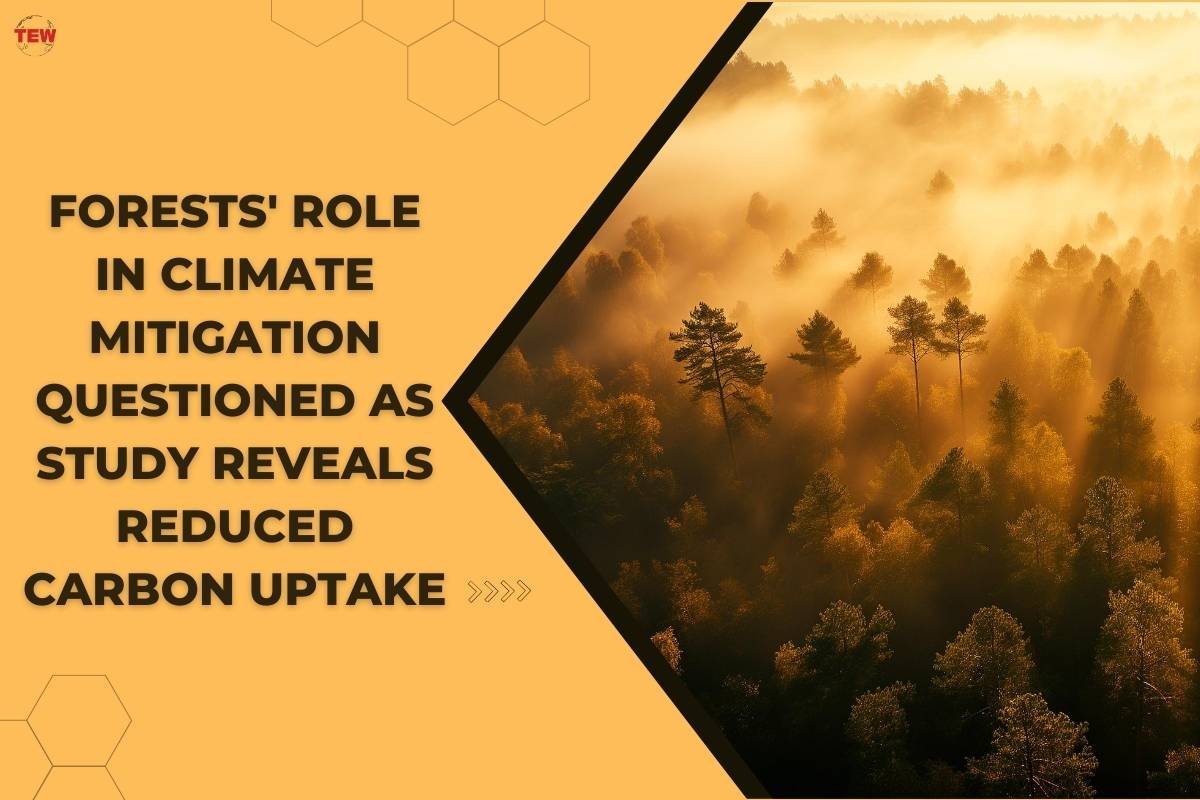(Source- SciTechDaily)
Forests have long been hailed as crucial carbon sinks, capable of storing and sequestering vast amounts of carbon dioxide from the atmosphere. However, a recent study from the Indian Institute of Technology, Bombay, challenges this notion, shedding light on the impact of global warming on forests and suggesting a more volatile nature of carbon uptake in a warming world.
The global push for achieving net-zero emissions by mid-century has led to increased reliance on forests as tools for climate mitigation and carbon removal. In alignment with this, the Indian government committed to creating a carbon sink capable of sequestering an additional 2.5-3 billion tonnes of carbon through enhanced forest and tree cover by 2030. The study’s findings, however, reveal that the carbon uptake potential of forests may be diminishing, with a reported 6% reduction over the last two decades due to the effects of global warming.
Unraveling the Complexity: Global Warming’s Impact on Forest Ecosystems
The study from IIT Bombay highlights the complex relationship between global warming and the ability of forests to sequester carbon. Researchers utilized Moderate Resolution Imaging Spectroradiometer satellite data to analyze the Leaf Area Index, a measure of canopy cover, in India’s forests between 2001 and 2019. Despite a 6.75% increase in canopy cover, the carbon uptake diminished by 6.19%, underscoring the intricate dynamics influenced by rising temperatures.
Scientists emphasize the need for an enhanced understanding of how global warming affects forests, with multiple feedback loops involving heat, moisture, and carbon dioxide. The fate of forests in a warming world remains a subject of ongoing research, and experts advocate for strengthening India’s greenhouse gas monitoring network to comprehensively capture the changes in forest ecosystems.
Most biodiverse and pristine forest regions
The study also raises questions about the correlation between greening efforts and carbon uptake, challenging assumptions that improvements in vegetation necessarily translate to enhanced carbon sequestration. The implications extend to India’s commitment to achieving net-zero emissions by 2070, highlighting the importance of considering the intricate dynamics of forests in climate planning. As the scientific community delves deeper into this novel area of research, the study emphasizes the need for robust data collection and monitoring to unravel the complexities of carbon intake in a changing climate.

5 Benefits of Using Solar Energy:
Solar energy has become increasingly popular as we learn more about it and the many Benefits of Using Solar Energy. When you consider how much money you can save by cutting down on your electricity bill, it’s easy to see why it’s the best investment you can make.
The research revealed that regions undergoing the most significant temperature increases exhibited the sharpest reductions in carbon absorption over the past twenty years. Specifically, the Western Ghats, northeast India, and the East Coast Peninsula, contributing to 32% of gross primary productivity and 34% of net primary productivity, experienced notable declines in carbon uptake. Despite being characterized as the “most biodiverse and pristine forest regions” in the study, these areas witnessed the most prominent decreases in their capacity to absorb carbon.





